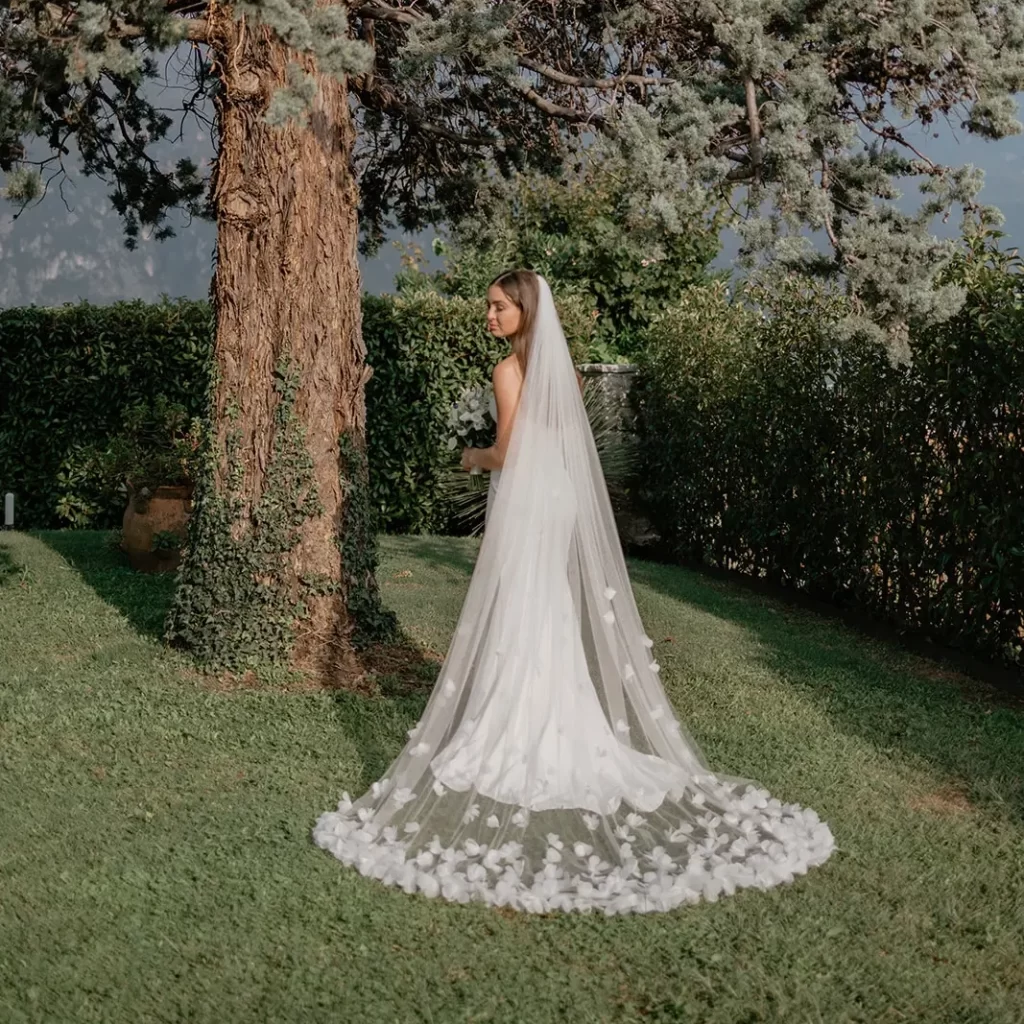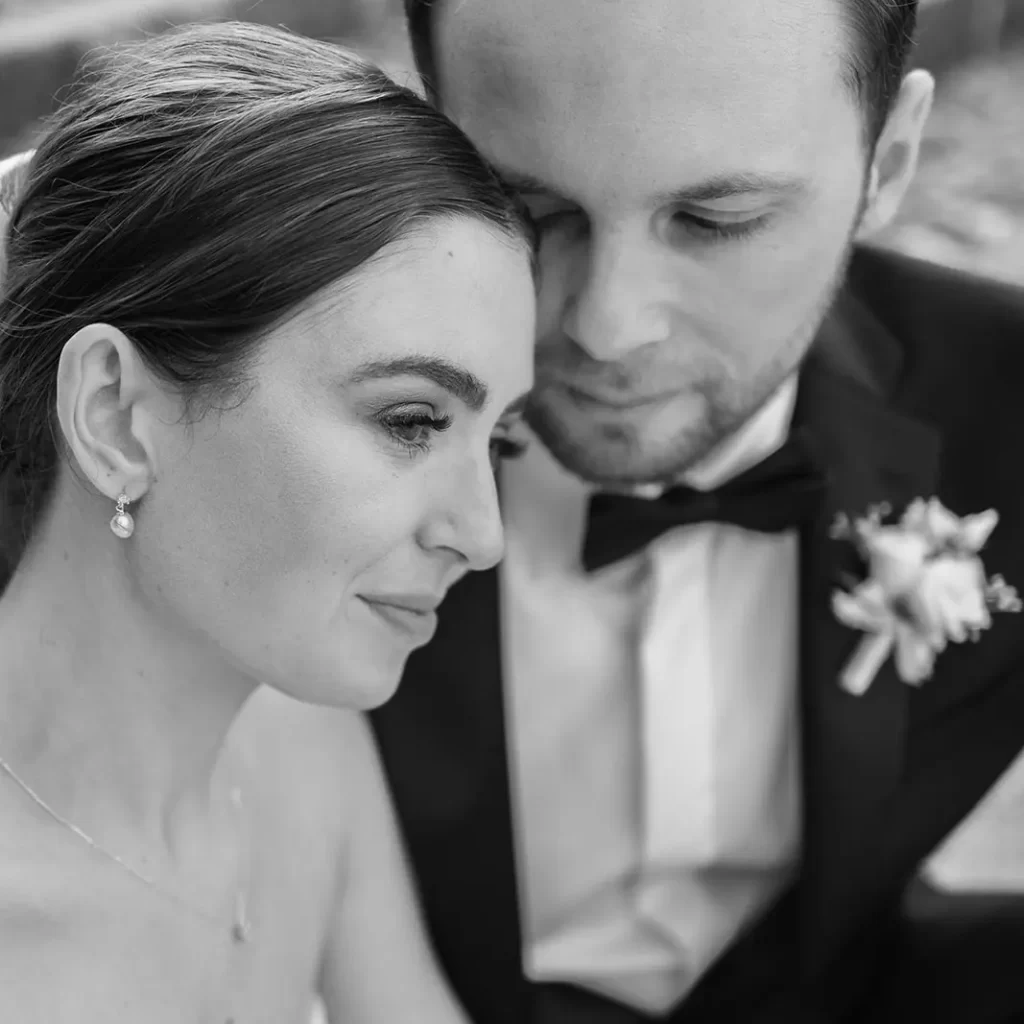Planning a destination wedding in Italy is a dream come true for many couples. With its stunning landscapes, historic venues, world-renowned cuisine, and romantic atmosphere, Italy offers an unforgettable setting to say “I do.” But to turn that dream into reality, careful budgeting is essential, especially when it comes to photography and other key services. Whether you’re eloping in a Tuscan vineyard or hosting a grand celebration on Lake Como, understanding where your money goes and how to allocate your budget effectively will ensure a beautiful, stress-free experience.
This guide is tailored for foreign couples getting married in Italy, with a particular focus on how to budget smartly for photography and other core expenses. From venue selection and vendor fees to the real value of professional wedding photography, we cover everything you need to know to make informed choices.
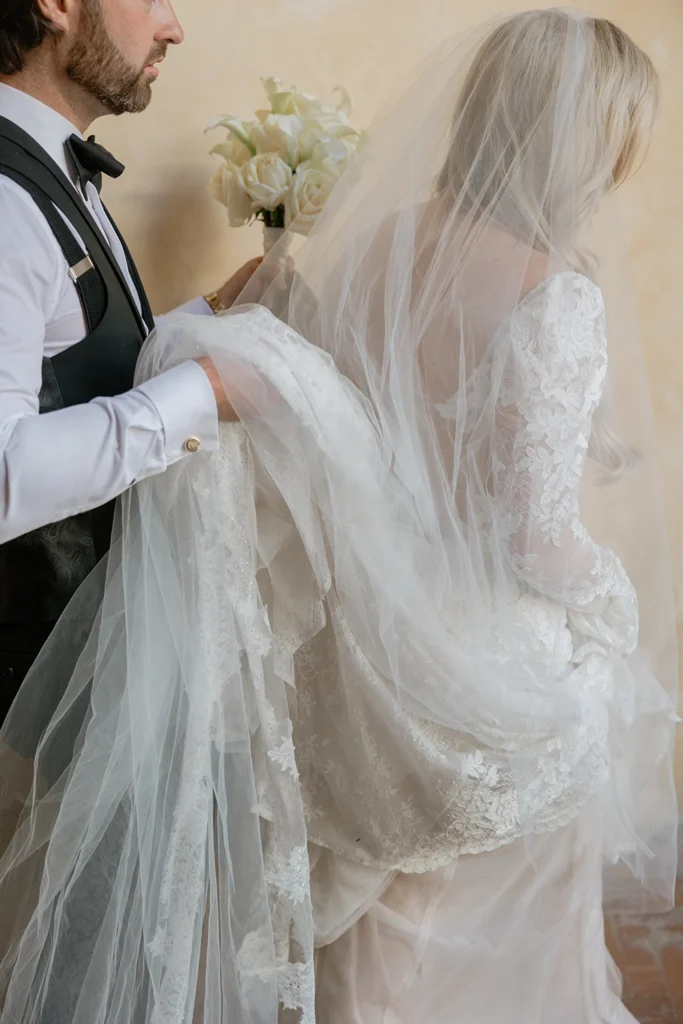
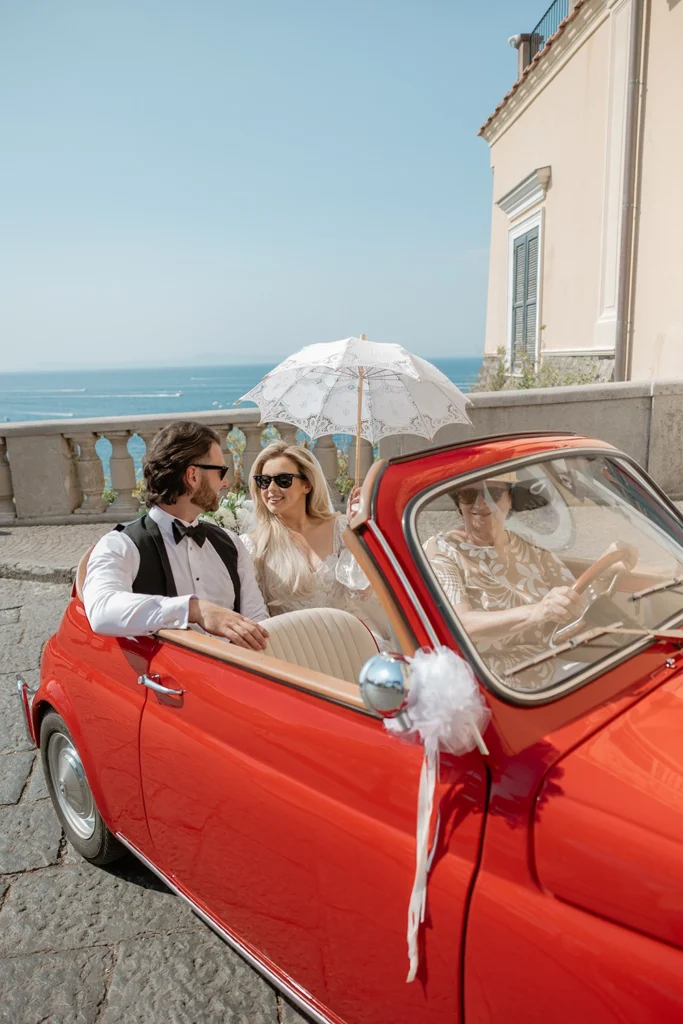
Read also: Wedding at the Abbazia di San Pietro in Valle
Budgeting for a Destination Wedding in Italy: Photography and More
Italy is one of the most popular destinations in the world for weddings, and for good reason. The variety of breathtaking backdrops, from the Amalfi Coast to the rolling hills of Tuscany, make it an ideal location for unforgettable wedding photos. But while the country offers beauty and romance in abundance, it also requires a strategic financial plan to make your vision come to life.
A destination wedding involves more moving parts than a local celebration. In addition to the usual wedding costs, you’ll be budgeting for travel, accommodations, coordination with overseas vendors, and more. Photography is a key investment that not only preserves your memories but also reflects the entire experience of your Italian wedding.
Photography may seem like just one line item in your budget, but it plays an outsized role. Long after the day has passed, your photos will be the only tangible keepsake of every moment, every detail, and every emotion.
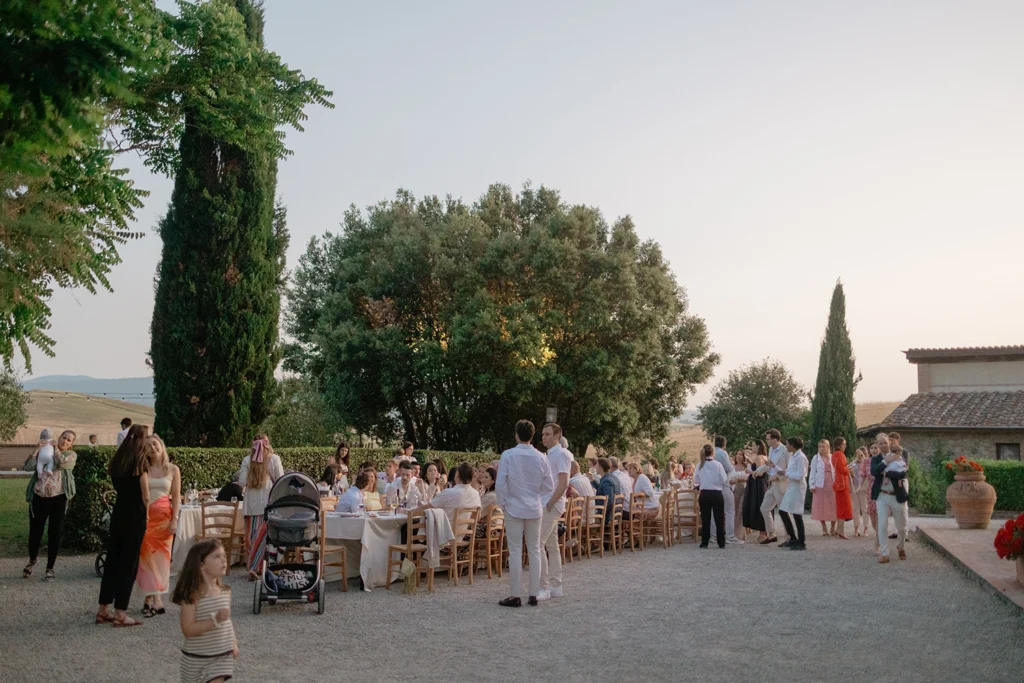
Key Cost Factors: Venues, Vendors, Photography
1. Venues
Italy offers a wide range of venue types, each with its own price point:
- Castles and Historic Villas: These range from €8,000 to over €30,000 depending on location, exclusivity, and amenities.
- Luxury Hotels and Resorts: Often include catering and accommodations, ranging from €15,000 to €50,000+.
- Rustic Agriturismos or Vineyards: A more budget-conscious option, often between €5,000 and €15,000.
- City Halls or Small Chapels: Perfect for intimate elopements, and may cost as little as €500 to €2,000.
Location matters too. A wedding in Rome, Venice, or the Amalfi Coast will generally be more expensive than in less tourist-heavy regions like Umbria or Puglia.
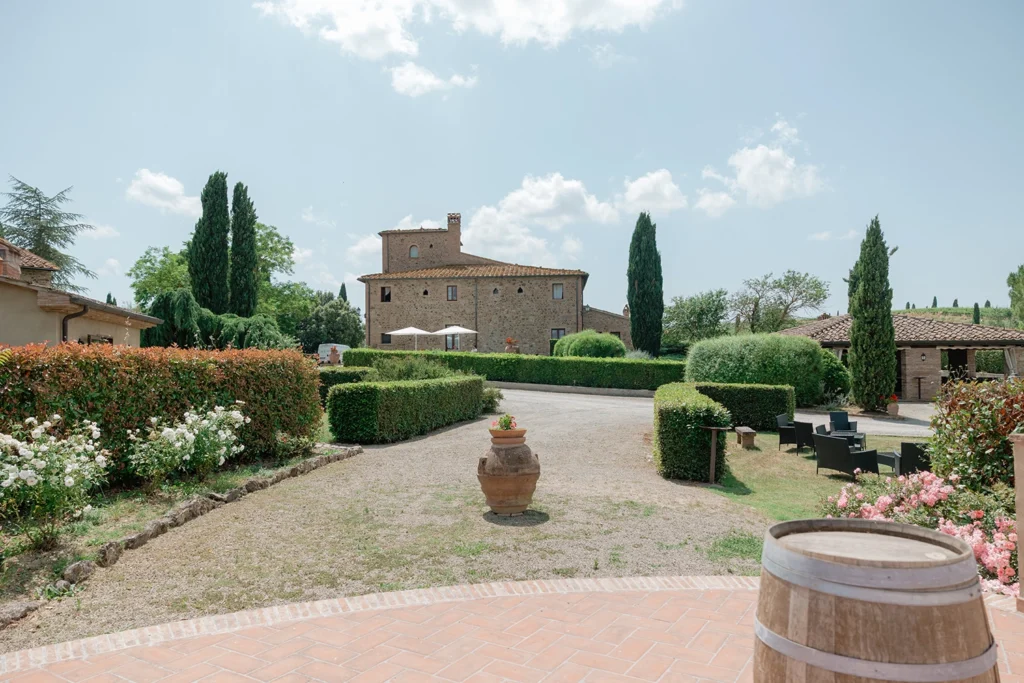
2. Vendors
Your core vendor team typically includes:
- Wedding Planner: Essential for foreign couples. Fees range from €2,000 to €8,000.
- Catering: From €100 to €250 per person depending on menu, service, and number of courses.
- Florals & Decor: Can range from €1,500 for minimal design to €15,000+ for luxury setups.
- Entertainment: A DJ may cost around €800–€2,000, while live bands often range from €2,000 to €5,000.
3. Photography
Professional wedding photography in Italy typically ranges between €2,000 and €7,000, depending on experience, hours of coverage, and what’s included in the package. For full-day coverage by a photographer with destination wedding expertise, €3,500–€5,000 is a reasonable starting point.
Premium photographers offering multi-day coverage, rehearsal dinner shoots, engagement sessions, and albums may charge upwards of €8,000. If you value artistry, storytelling, and peace of mind, this is one area worth prioritizing.
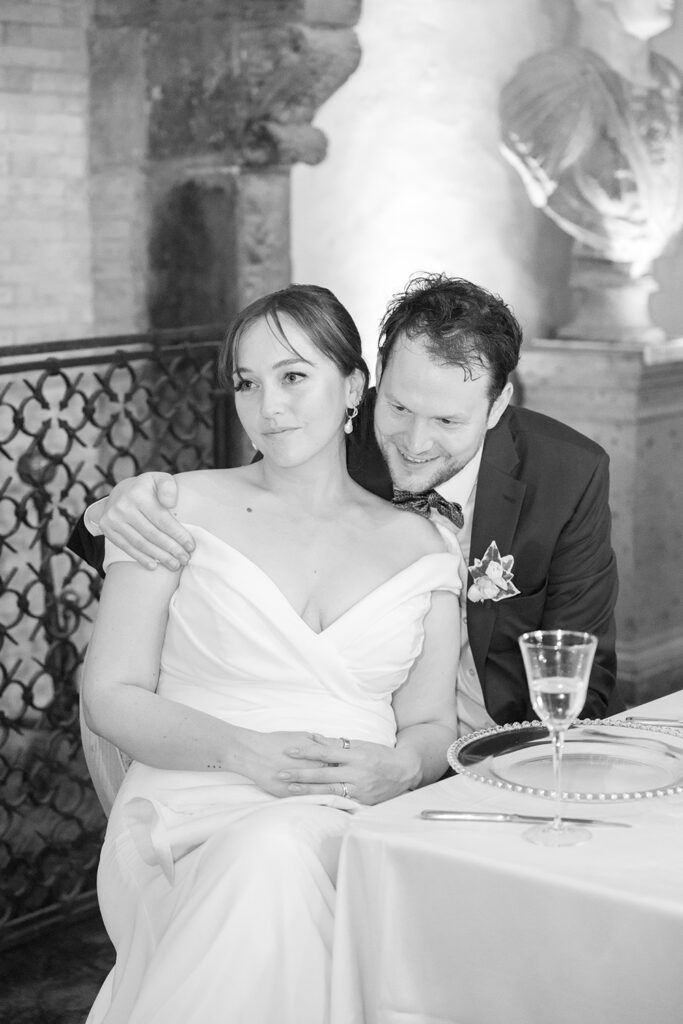
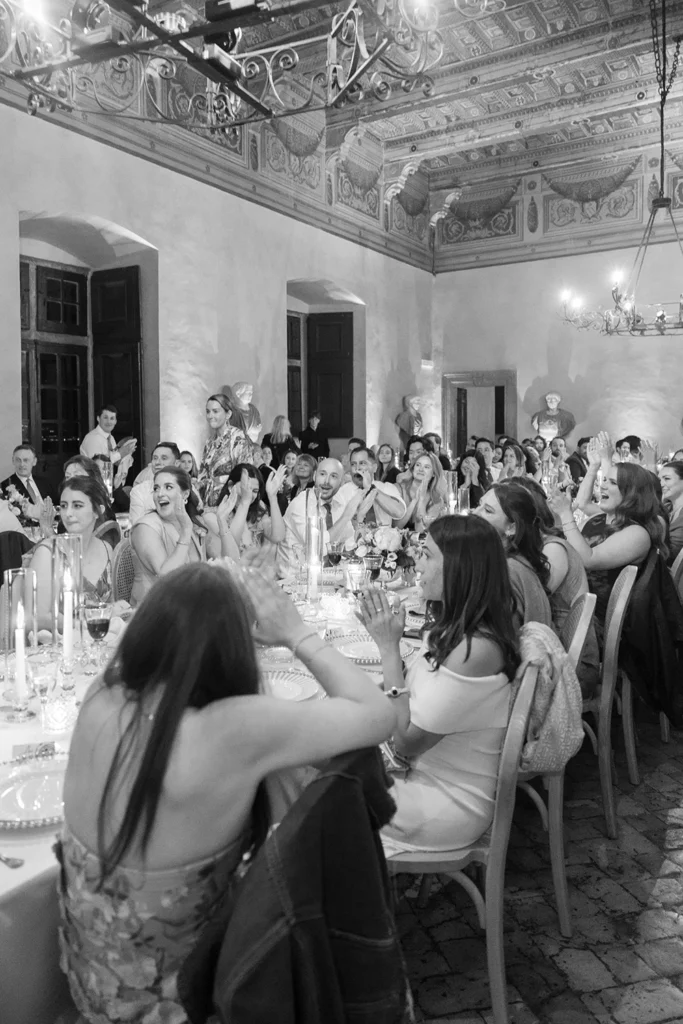
How to Prioritize Your Wedding Budget
Every couple’s priorities are different, but here are some tips to help guide your decisions:
1. Decide What Matters Most
Make a list of what elements of your wedding are most important to you: stunning photos, amazing food, a fairytale venue, entertainment, etc. Rank them from most to least essential. Allocate a greater portion of your budget to the top three.
Photography often makes the top of this list because it captures and preserves every other element you worked hard to plan.
2. Consider Guest Experience
If you’re inviting guests to Italy, their comfort and experience matter too. Consider offering accommodations, transport, or a welcome dinner. Budget accordingly.
3. Balance Wow Moments with Practicality
You might want fireworks, custom signage, or a live opera performance. But weigh those against your core needs. Would you remember the fireworks or the photos of you and your partner under the Tuscan sun?
4. Build a Contingency Fund
Italy can be unpredictable: rain, travel delays, or last-minute changes. Allocate 5-10% of your budget for unforeseen costs.
5. Be Honest with Your Photographer
Professional photographers are used to working within a range of budgets. Be upfront about your priorities, and they may suggest ways to optimize coverage, such as fewer hours, a second shooter, or combining engagement and wedding coverage.
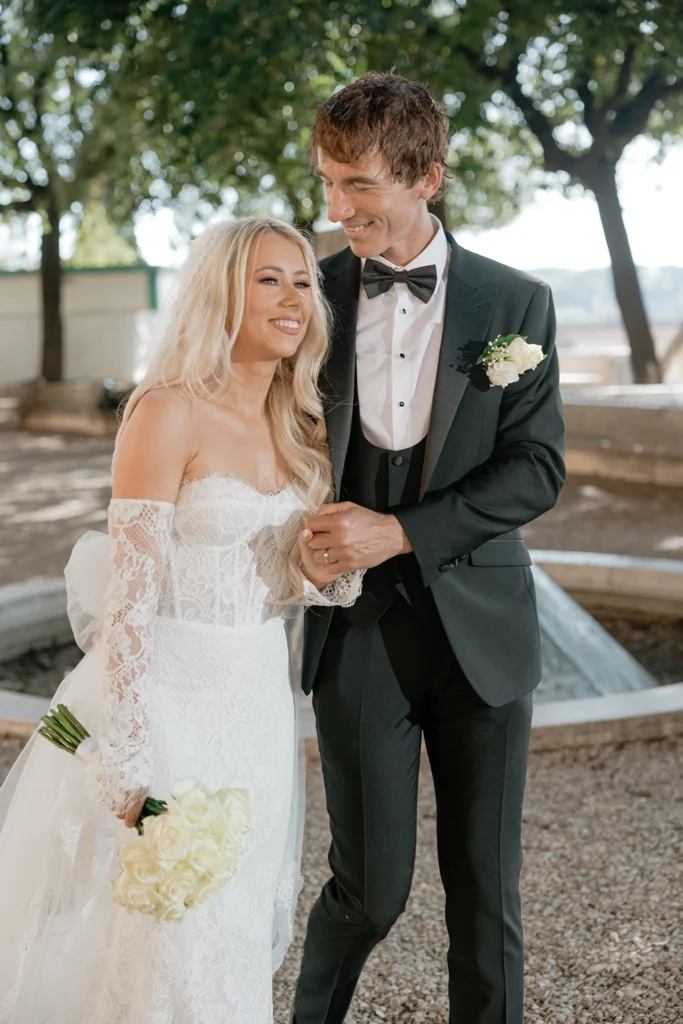
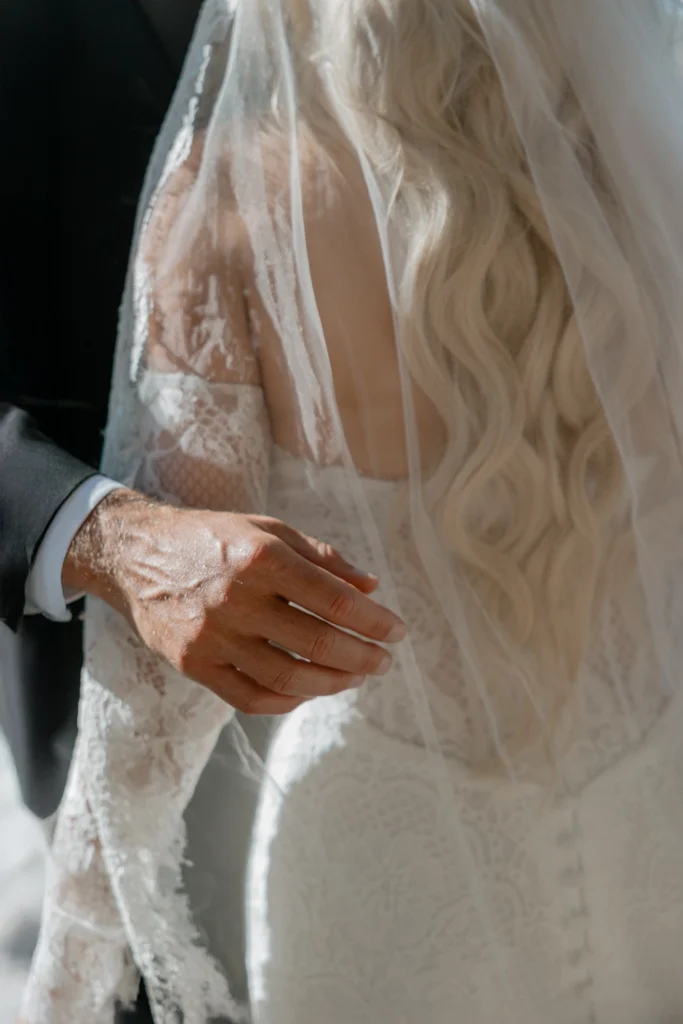
Understanding Photography Packages for Foreign Couples
Photographers catering to destination weddings often offer packages specifically designed for foreign couples. These typically include:
Full-Day Coverage
Most packages begin with 8 hours of coverage, from getting ready to the dance floor. However, many couples choose to extend this to capture more candid moments.
This is a great opportunity to have portraits taken in iconic Italian locations like Florence, Venice, or Rome. It also helps you and your photographer build rapport before the big day.
Additional Events
If you’re planning a welcome party, rehearsal dinner, or farewell brunch, many photographers offer bundle packages for multi-day coverage.
Travel and Accommodation
Some photographers charge separately for travel and lodging, while others include it in the package price. Always clarify this in advance to avoid surprises.
Albums and Prints
Many photographers include a fine art wedding album in their premium packages. While this can increase the cost, having a tangible keepsake is often well worth it.
Delivery Timelines
Ask your photographer about their turnaround time for edited images. Most professionals deliver a sneak peek within a week, and the full gallery in 4–8 weeks.
Communication and Contracts
Choose a photographer who offers a clear contract, excellent communication, and ideally, speaks your language. Working with someone who understands the unique needs of foreign clients in Italy is crucial.
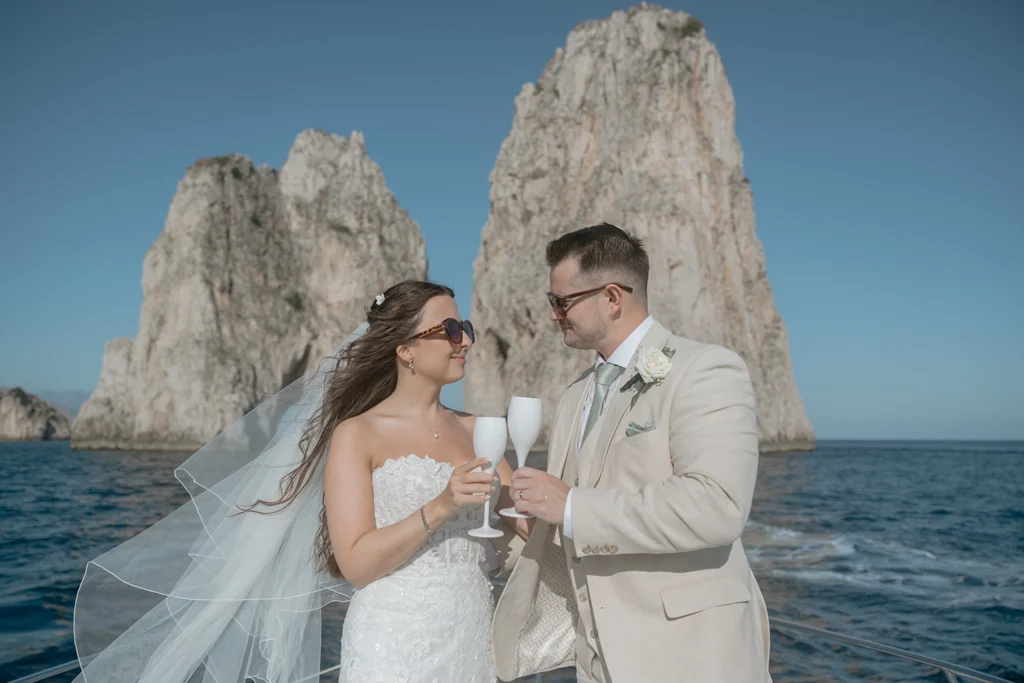
Read also: A dream wedding at Agriturismo La Mandriola an unforgettable day in Tuscany
Saving Smartly Without Sacrificing Quality
You don’t have to break the bank to have an extraordinary destination wedding in Italy. Here are practical ways to save smartly while maintaining high quality:
1. Opt for Off-Peak Dates
Summer is high season in Italy (June to September). Consider shoulder seasons like April-May or October, when prices drop but weather remains pleasant.
2. Choose Less Tourist-Heavy Regions
Tuscany, Lake Como, and the Amalfi Coast are spectacular and expensive. Explore Umbria, Abruzzo, or Le Marche for equally beautiful but more budget-friendly venues.
3. Limit the Guest List
An intimate wedding of 20–30 guests allows you to splurge on quality vendors without stretching your budget. You can create a luxury experience for fewer people.
4. Streamline the Decor
Let Italy’s natural beauty shine. Choose a venue with character that requires minimal decor. Use local, seasonal flowers and reusable items.
5. Book Local Vendors
Hiring a local photographer, florist, or planner saves on travel expenses and ensures you’re working with professionals who know the region.
6. Combine Services
Some planners offer photography, videography, and styling packages. If you trust their aesthetic, this can offer cost savings and a cohesive look.
7. Invest in a Great Photographer
Rather than cut corners on photography, look for ways to optimize your coverage. A good photographer will work efficiently, capture the most meaningful parts of the day, and leave you with images you’ll treasure forever.
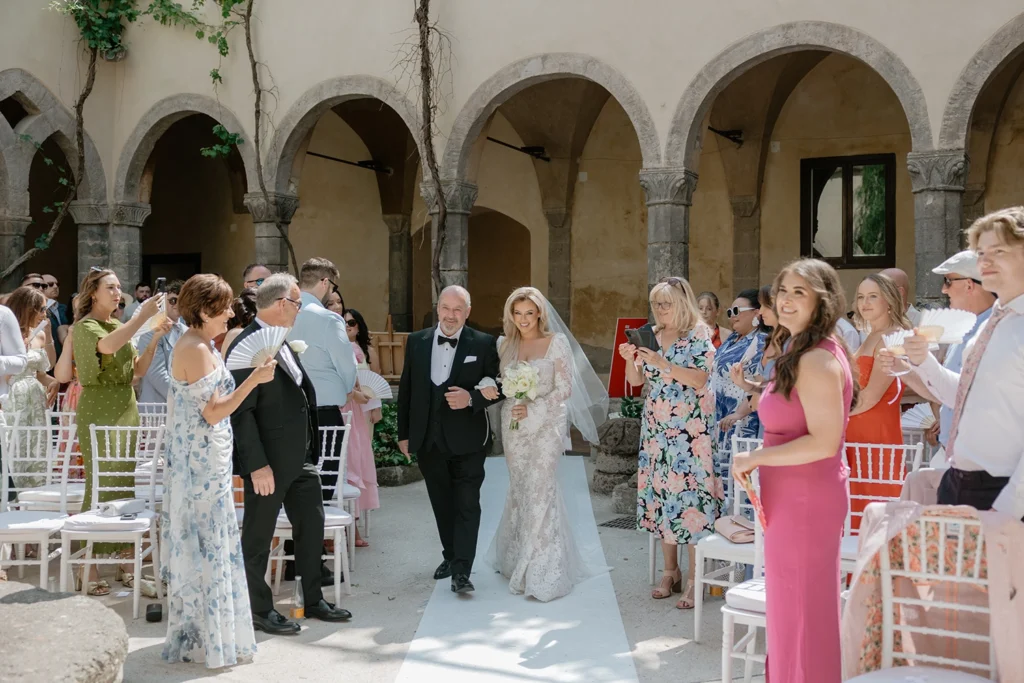
8. Reuse Outfits and Accessories
If you’re having a multi-day wedding, you don’t need multiple designer outfits. A great photographer can make one dress look a hundred different ways, depending on the setting and light.
Final Thoughts
Budgeting for a destination wedding in Italy doesn’t mean compromising on your dreams. It means being strategic, prioritizing what matters, and working with the right vendors, especially your photographer. Your wedding day will fly by in a blur of joy, laughter, and emotion. The photographs will be what remains, allowing you to relive those moments again and again.
Photography is more than just a service, it’s a legacy. When you look at your wedding images years from now, you want to feel the emotion in every frame. You want to remember the sound of laughter, the breeze on your veil, the look in your partner’s eyes. These aren’t just pictures, they’re your story, your emotion, and your memories captured in time.
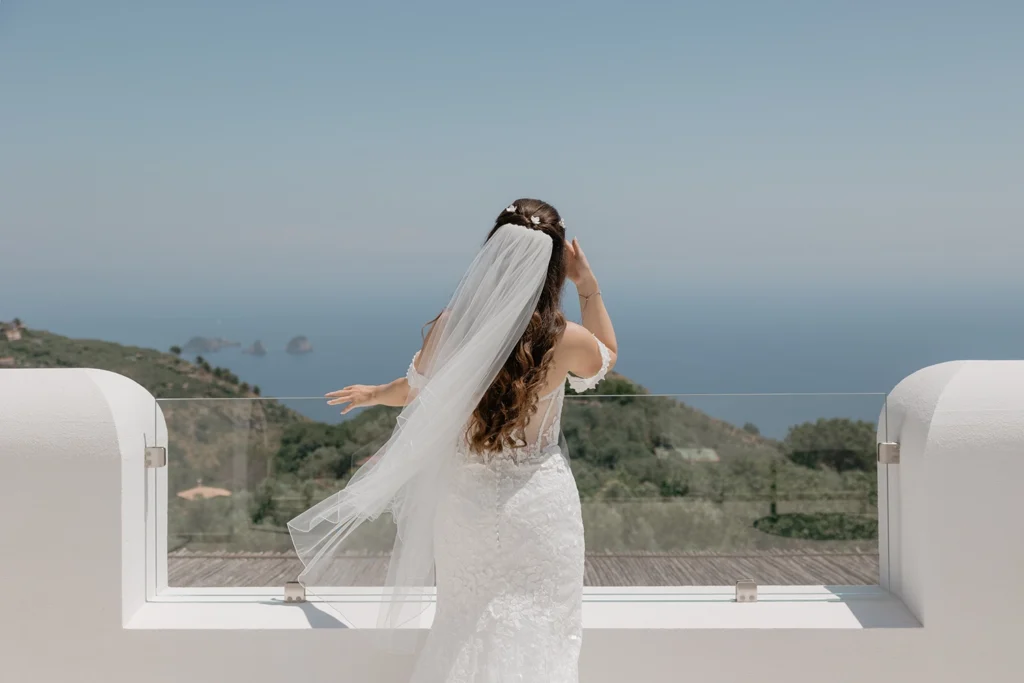
Many couples underestimate the impact a photographer has not only on the final product, but on the experience of the day itself. A great photographer helps you feel at ease, keeps the day flowing, and notices the little things others miss, a teardrop on a cheek, the quiet joy of your parents, the vibrant spontaneity of your guests. These are the moments that define your wedding.
By investing in a skilled destination wedding photographer, you’re not only ensuring beautiful images but also peace of mind. Look for someone who understands light, emotion, and narrative, someone who will tell your story in an honest, elegant way. And most importantly, someone who makes you feel comfortable and seen.
Remember: the flowers will wilt, the cake will be eaten, and the music will fade. But your wedding photos will last a lifetime. Prioritize photography in your budget, not as an afterthought, but as the single most lasting investment in your day.



